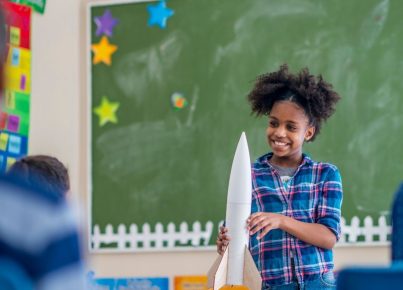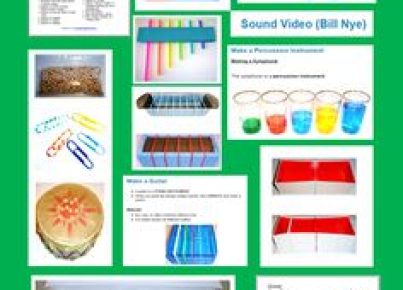Introduction:
Teaching and learning interventions are approaches that educational institutions and educators adopt to enhance the learning experiences of students. These interventions target diverse aspects of the educational process, including instruction methods, learning environments, and the social-emotional well-being of learners.
This article aims to provide an overview of various teaching and learning interventions that have proven effective in improving educational outcomes. By understanding these interventions, educators can better tailor their instruction to meet the needs of their students.
1. Differentiated Instruction:
Differentiated instruction is a teaching method in which educators adapt their instructional strategies to address the unique needs of each student. By providing multiple avenues for students to access, understand, and engage with the content, differentiated instruction empowers learners with diverse abilities and learning preferences to succeed.
2. Blended Learning:
Blended learning is an approach that combines traditional face-to-face instruction with digital technologies. This enables students to learn at their own pace, using a variety of multimedia resources like videos, interactive simulations, or online quizzes. Blended learning also allows educators to track student progress and provide personalized feedback.
3. Peer-Assisted Learning:
Peer-assisted learning promotes collaboration between students by encouraging them to work together on tasks or projects. This cooperative approach not only enhances understanding of concepts but also fosters social skills and self-esteem among learners.
4. Project-Based Learning:
Project-based learning encourages students to actively explore real-world problems and challenges by engaging in extended, inquiry-based projects. This hands-on approach helps learners develop important skills such as critical thinking, problem-solving, collaboration, and communication.
5. Gamification:
Gamification introduces game elements into the classroom environment, such as reward systems or competition among students. By incorporating fun and engaging activities, gamification can increase motivation and participation while reinforcing important concepts.
6. Mindfulness Programs:
Mindfulness programs cultivate emotional well-being by teaching students techniques for managing stress, focusing attention, and regulating emotions. These interventions have been shown to enhance academic performance, reduce anxiety, and improve interpersonal relationships.
7. Classroom Environment Interventions:
The physical and social environments in which learning occurs can significantly impact students’ engagement and success. Interventions that promote a positive classroom environment include seating arrangements that encourage collaboration, establishing classroom routines, and fostering respectful communication among students.
Conclusion:
Effective teaching and learning interventions are crucial for meeting the diverse needs of students and providing them with the support necessary to succeed. By implementing a variety of instructional strategies such as differentiated instruction, blended learning, or project-based learning, educators can create an inclusive environment that enhances academic achievement and prepares learners for the challenges of the 21st century. Additionally, addressing the socio-emotional needs of learners through practices like mindfulness or peer-assisted learning can further contribute to their overall well-being and success in education. Ultimately, embracing these interventions can result in improved student outcomes while fostering a love of lifelong learning among young learners.





